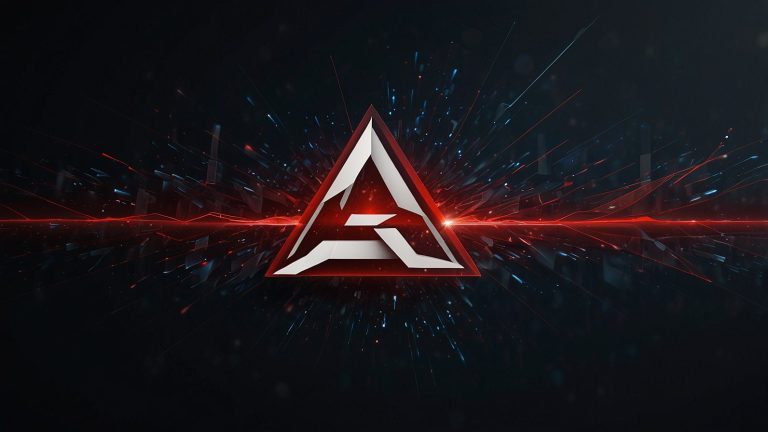Women no longer stick to purely traditional or entirely modern looks. With the evolving fashion sense, the “fusion fashion” has become a go-to choice for festivals and events. Fusion fashion is basically a clothing way in which garments and designs from different cultures, periods, and aesthetic styles are merged.
The unique combination provides you with a refreshing and distinct look, celebrating cultural diversity and individuality, which are the core of any festival. The fusion fashion helps women to create, explore, and experiment with different styling ideas and outfits, stealing the limelight of any event.
Fusion Fashion on the Trend Charts
Traditional festive wear has many restrictions. It is not appropriate for women seeking comfort, versatility, and individuality in their clothing. For such females, fusion fashion is the trend that allows them to combine traditional wear with modern attire to create a refreshing look with utmost comfort. This unique combination makes it a preferred styling element for women, especially in the festive season.
Fusion fashion has influenced not only the general masses but also reached the wardrobes of celebrities. Call girls in Delhi and style commentators point out that designers can fully leverage their creativity and artistry with fusion fashion in Indo-Western collections, allowing them to create endless styles and outfits.
Key Components of Fusion Fashion
If you know the foundational elements of fusion fashion, then you will not need any guide to create your first and many more fusion outfits. Once you understand the core components, you can effortlessly pair any traditional wear with any modern garment. These are the key components of fusion fashion:
- Silhouettes: Fusion outfits feature unconventional and modern cuts that contribute to the entire outfit. Adapt classic pieces and try to create a more balanced look with accessories, bottoms, and upper wear. Lehengas with shirts and a kimono with an asymmetrical hem are some examples.
- Fabrics: You can also play around with fabrics and textures to refine your appearance and make it more festive-friendly. Pune call girls and fashion enthusiasts suggest combining traditional fabrics like silk and brocade with contemporary materials such as Lycra, georgette, or denim.
- Accessories: Do not pair any piece of accessory with your fusion outfit. Make sure it complements your look. Chunky silver jewelry with western outfits and belts with sarees are some examples of unique and complete accessorizing.
Footwear also plays a significant role in creating a fusion outfit. Sneakers with lehengas and block heels with Shararas are some ways you can combine traditional and modern looks.
Styling Tips for Balanced Clothes Fusion
Most women have never tried fusion outfits. Wearing them for the first time, that too, for the festive season, can be risky and challenging. However, with the correct guidance and styling knowledge, you can rock your fusion outfit effortlessly. Here are some styling tips for perfect women’s fusion clothing for festivals:
Do not overdo either of the elements in your fusion outfit. Make sure to include both traditional and modern garments equally to create a more balanced look.
Keep your fusion outfit only one statement-worthy. Either opt for a remarkable outfit or go for highlighting accessories. Do not put both things excessively. Choose the accessories thoughtfully and avoid overcrowding them in your attire.
Comfort should be the first priority of your festive attire. London escorts and style advisors remind us that festivals comprise long celebrations, demanding a breathable and flexible garment so you can move and dance freely.
Create a unified and relevant look according to the festival you are attending, such as casual outings or festive gatherings. Use the preferred color scheme so that your outfit looks stylish and matches your personality and festival vibes.
Final Thoughts
Fusion fashion has entirely upgraded the meaning of style and clothing for women. It not only allows them to create an endless number of outfits and styling ideas but also acts as a form of self-expression, elegance, and comfort. Its versatility makes fusion fashion perfect for the festive season.
You no longer have to choose between traditional garments and modern outfits; fusion fashion can elegantly merge both aesthetics. It allows you to create your unique style and stand out from the rest of the ladies. This festive season, collect your favorite traditional and modern wears, and experiment with them to create fusion fashion outfits.












 Bitcoin
Bitcoin  Ethereum
Ethereum  Tether
Tether  XRP
XRP  Solana
Solana  USDC
USDC  Lido Staked Ether
Lido Staked Ether  TRON
TRON  Cardano
Cardano  Avalanche
Avalanche  Toncoin
Toncoin